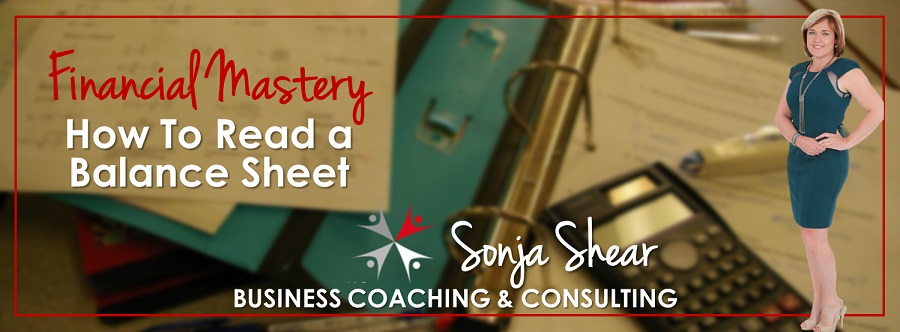
Your company’s balance sheet gives you a financial snapshot of what the company owns and owes on a particular date, typically at the end of each quarter. It is basically a net worth statement for a company. The left or top of the balance sheet lists everything the company owns (assets). The right or bottom lists the claims against the company (liabilities) and shareholder equity.
Financial Statements
The balance sheet, together with the income statement and cash flow statement, make up the foundation of any company's financial statements. It is essential that you understand how the balance sheet is organised, how to analyse it, and how to read it.
It’s called a balance sheet because the assets figure must balance with the figure for liabilities plus shareholder equity. In other words, whatever assets are not being used to pay off the liabilities belong to the shareholders.
Assets are items of value that the company owns:
Current assets - cash and cash equivalents (bank accounts, marketable securities), accounts receivables and inventory
Fixed assets - real estate and vehicles
Investments - stocks and bonds
Intangibles - copyrights, trademarks, licenses, patents and the company’s goodwill
Liabilities are made up of total cash value of what the company owes to other entities. Liabilities include current liabilities, like accounts payable; and long-term debt, like bonds.
Subtract total liabilities from total assets, and you end up with the company’s net worth, also known as shareholders’ or owners’ equity — the shareholders’ ownership stake after all the debts are paid. If, at the end of the fiscal year, a company decides to reinvest its net earnings into the company, these retained earnings will be transferred from the income statement onto the balance sheet into the shareholder's equity account. This account represents a company's total net worth, and ultimately determines how much each share receives in dividends.
Financial Insight
To gain insight into the company and its operations, financial analysis uses ratio formulas. For the balance sheet, using financial ratios gives you a better idea of the company's financial condition as well as its operational efficiency. Some ratio formulas need information from more than one financial statement, such as from the balance sheet and the income statement. We will be covering these rations during the course of 2017, so keep your eyes on your inbox!
For more information about business coaching and business consulting services, contact me:
083 256-0378 | This email address is being protected from spambots. You need JavaScript enabled to view it.
Thanks for reading. Please feel free to like, comment, share, tweet, retweet, pin, quote, email etc. If you would like to have these insights plus additional exclusive content delivered to your inbox, remember to sign up HERE.

